May 6, 2015
Nehalem Bay
We drove a short way along Hwy #101 to the Oceanside resort of Nehalem Bay. We wanted to stay as close to the beach as possible without breaking the bank – so we chose Nehalem Bay State Park. (Although state parks are not cheap either! Most of them are $29/night – although they do come with power and water!) Our campsite is backing onto the dunes that line the beach, so it’s only a short walk to the ocean.
The weather broke and some sunshine came out so we headed to the beach for a walk. It’s a huge beach … miles and miles long! We walked the 3 miles +/- along the beach to the end of the spit that encompasses the park. We then headed slightly inland to walk back via a hiking/horse trail through the most dense area of broom I’ve seen anywhere. Beautiful … but how long till it completely takes over all of the native vegetation?
On our morning walk of the beach we discovered the beach covered with thousands of what appear to be some kind of jelly fish. They are all over the place. It turns out to be a species called Velella Vellella.
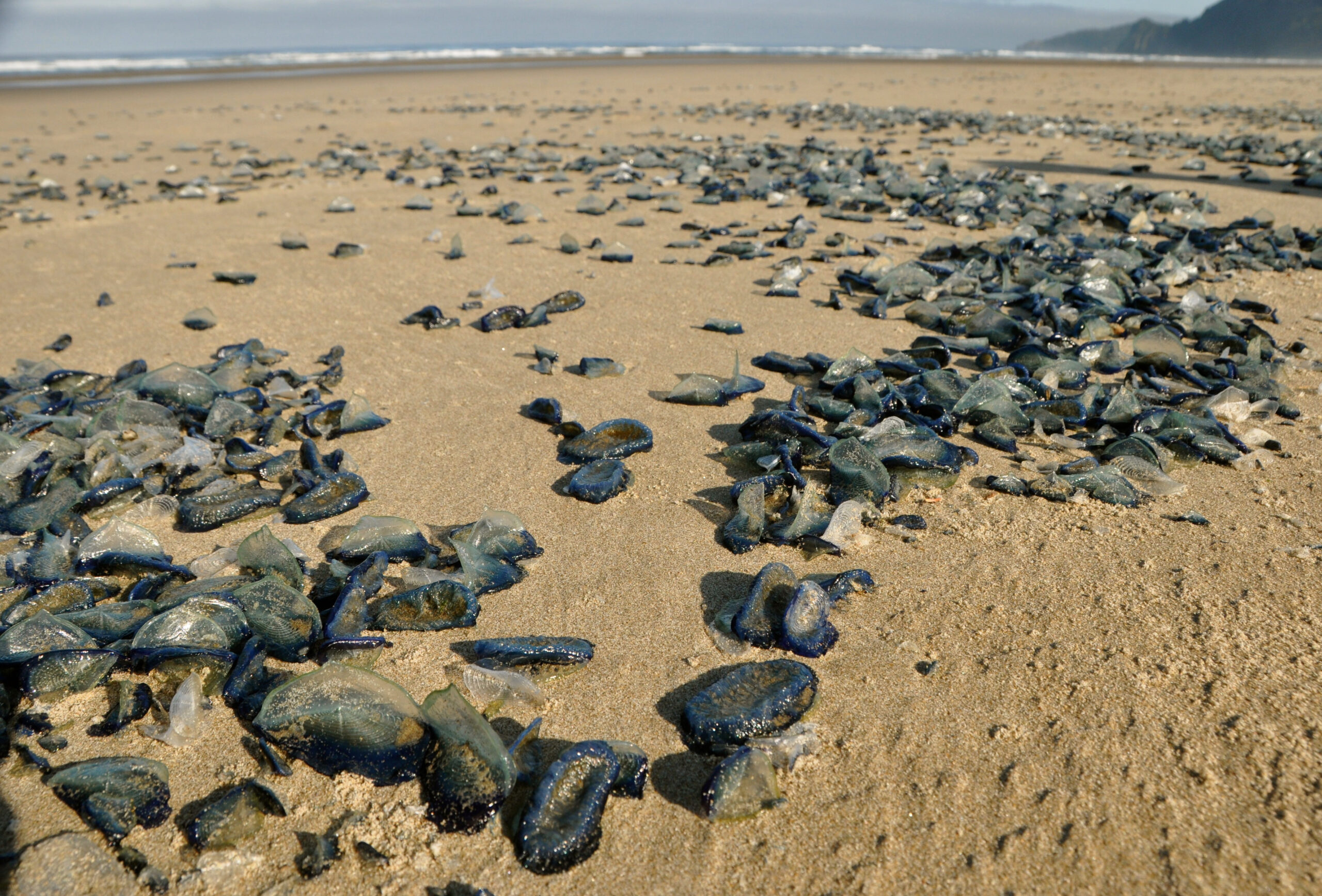
Velella velella or ‘By-the-Wind-Sailor, a jelly fish that commonly get blown ashore here in the spring
Velella velella, or by-the-wind sailor
In the spring it is common to see huge numbers of of blue to purple bodied jellyfish wash ashore on many Oregon beaches. The scientific name of the jellyfish is Velella velella. A common name for them is ‘By-the-Wind Sailors’. It has generally been considered that Velella are a pelagic colony of hydrozoan polyps similar to the Portuguese man-of-war. However, recent study is suggesting that they maybe a single very large hydrozoan polyp.
Velella Vella live offshore, where the winds blowing against its triangular sail move the jellyfish along. Interestingly, the sail is set diagonally along the long axis of the body at 45° angle. The angled sail makes it sail at 45° from the prevailing wind. Some have a sail angled to the left, others to the right. Off the coast of Oregon, the right-angled form prevails, and helps keep them offshore in the prevailing northerly winds. Strong southerly or westerly winds, however, may bring huge aggregations ashore.
When winds are strong, they lose their ability to tack and begin to spin and get pushed more directly by the wind. It is strong westerly winds which drive these animals onto our beaches.
The Velella Vellella tentacles are not harmful to humans, but touching the eyes after handling them can cause some irritation.
 Or to purchase images for download for websites etc
Or to purchase images for download for websites etc
[/fusion_text][/fusion_builder_column][/fusion_builder_row][/fusion_builder_container]

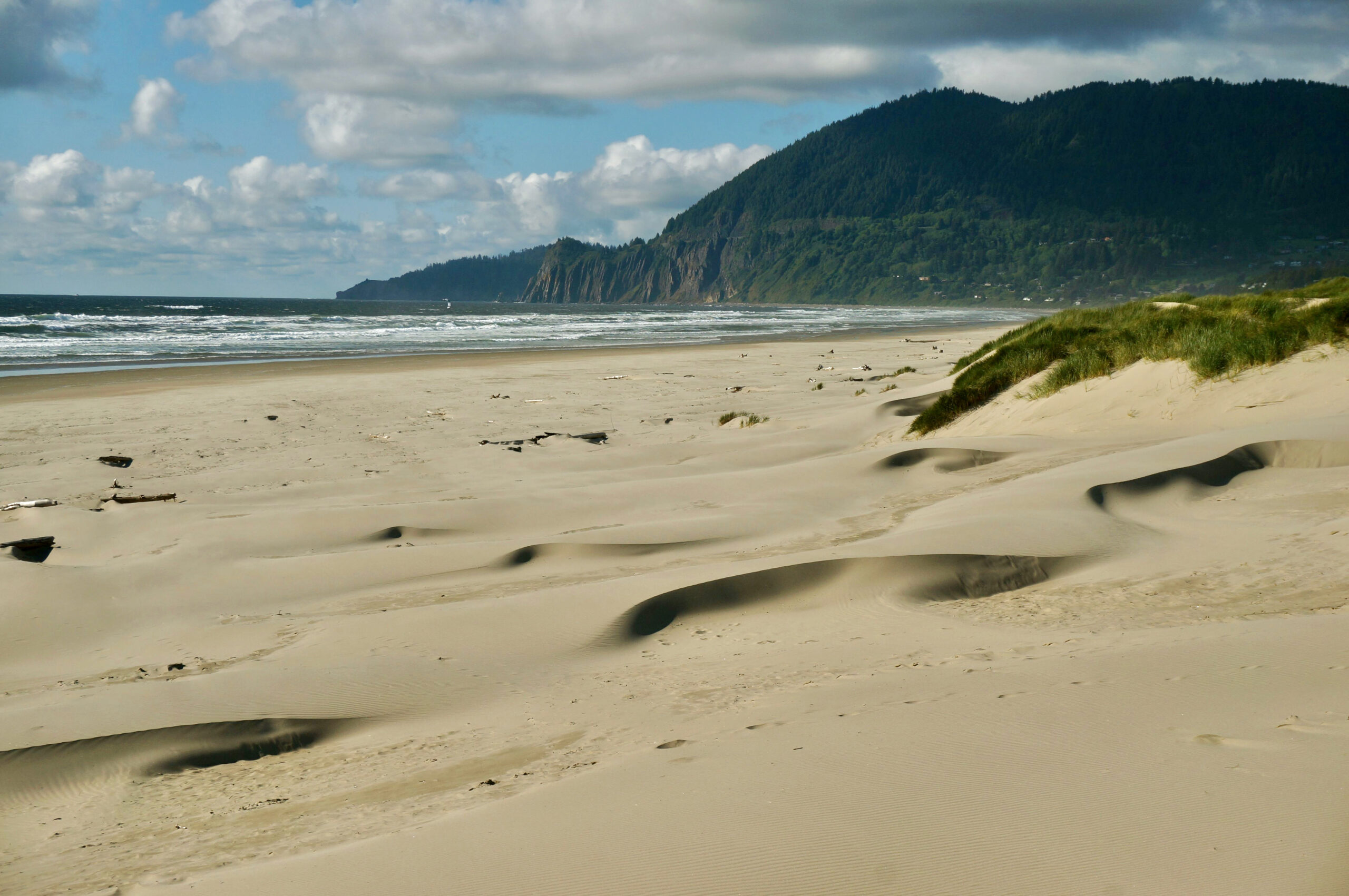
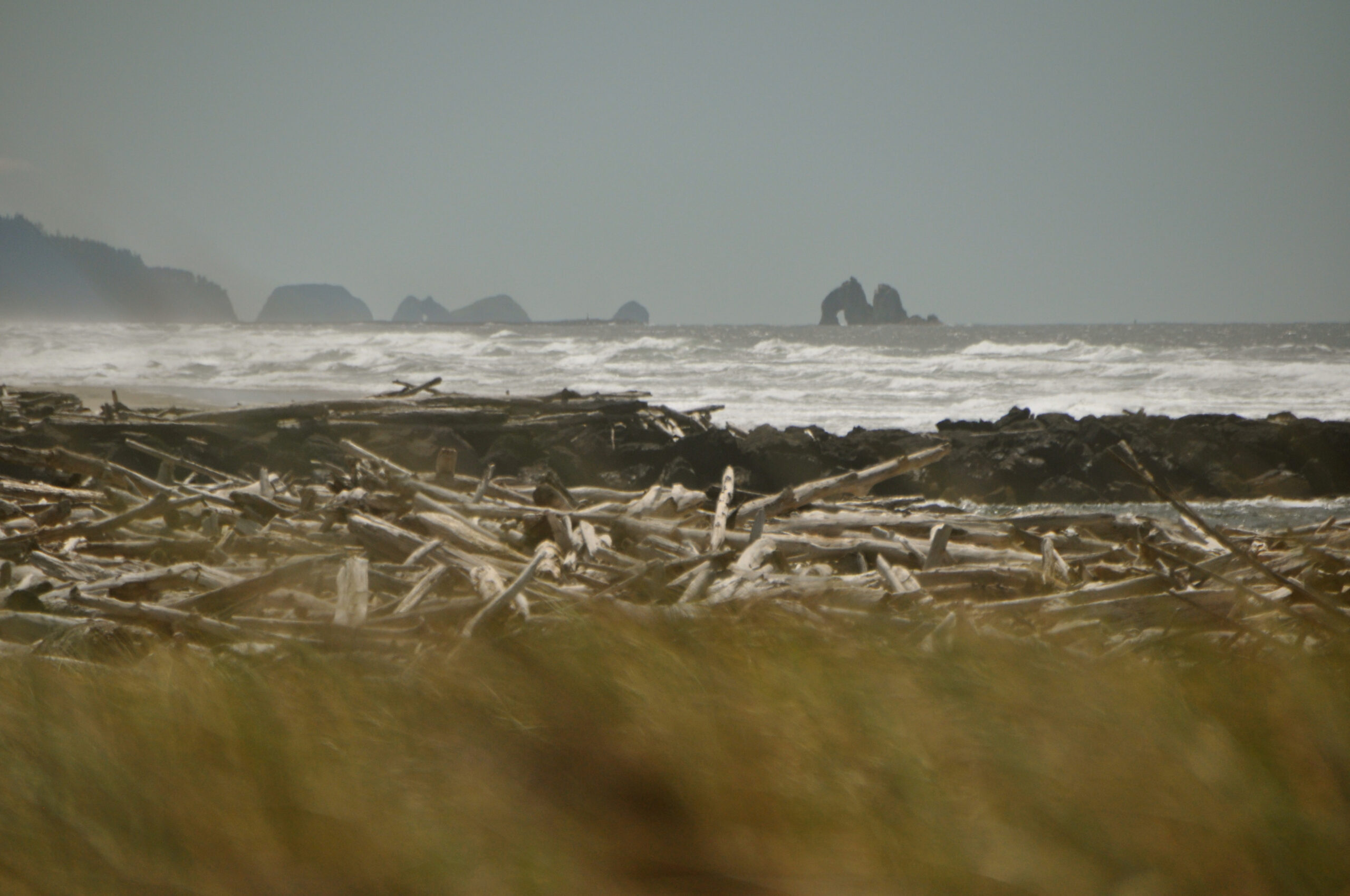
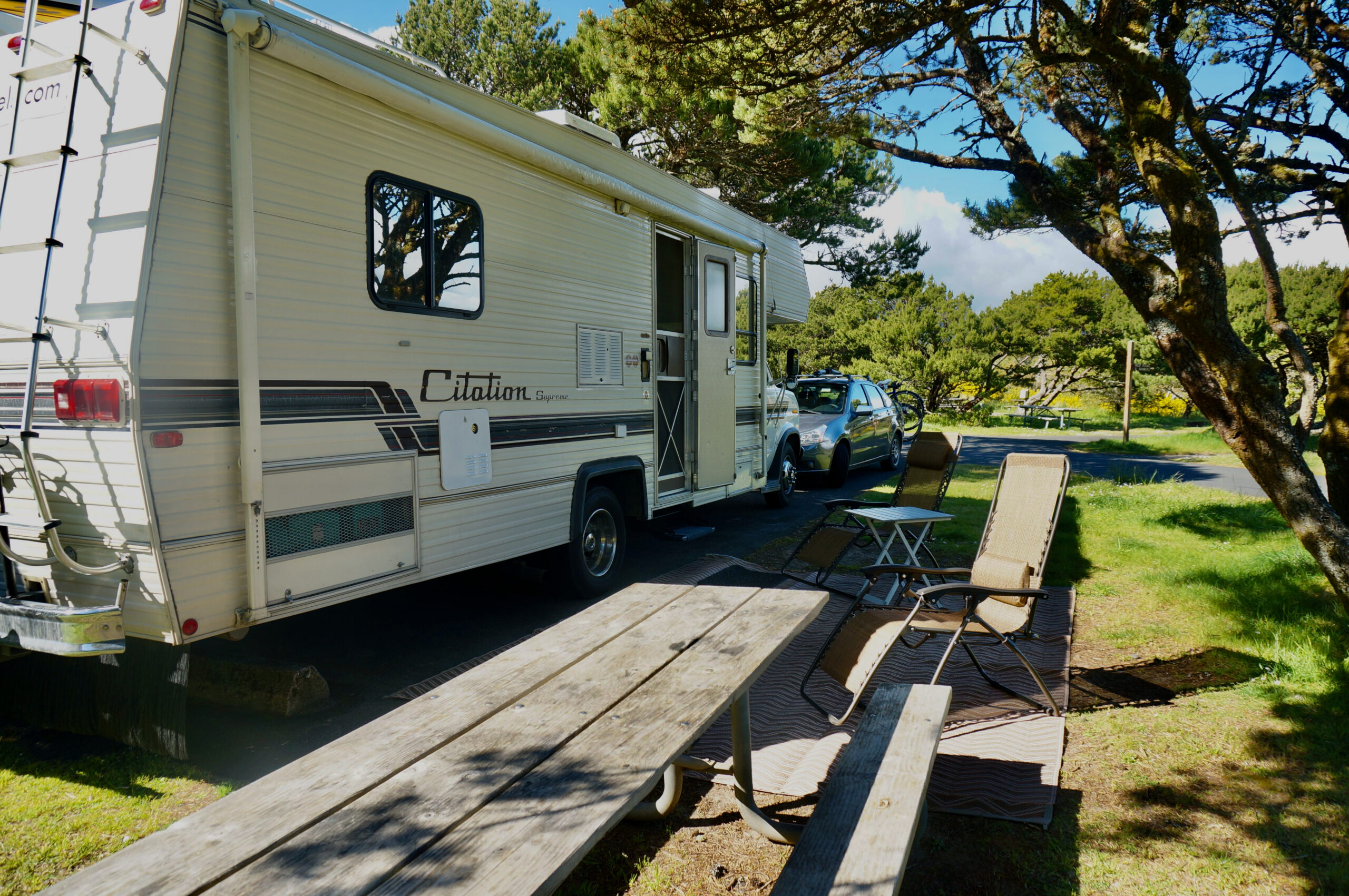
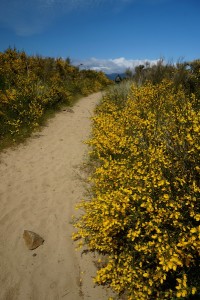
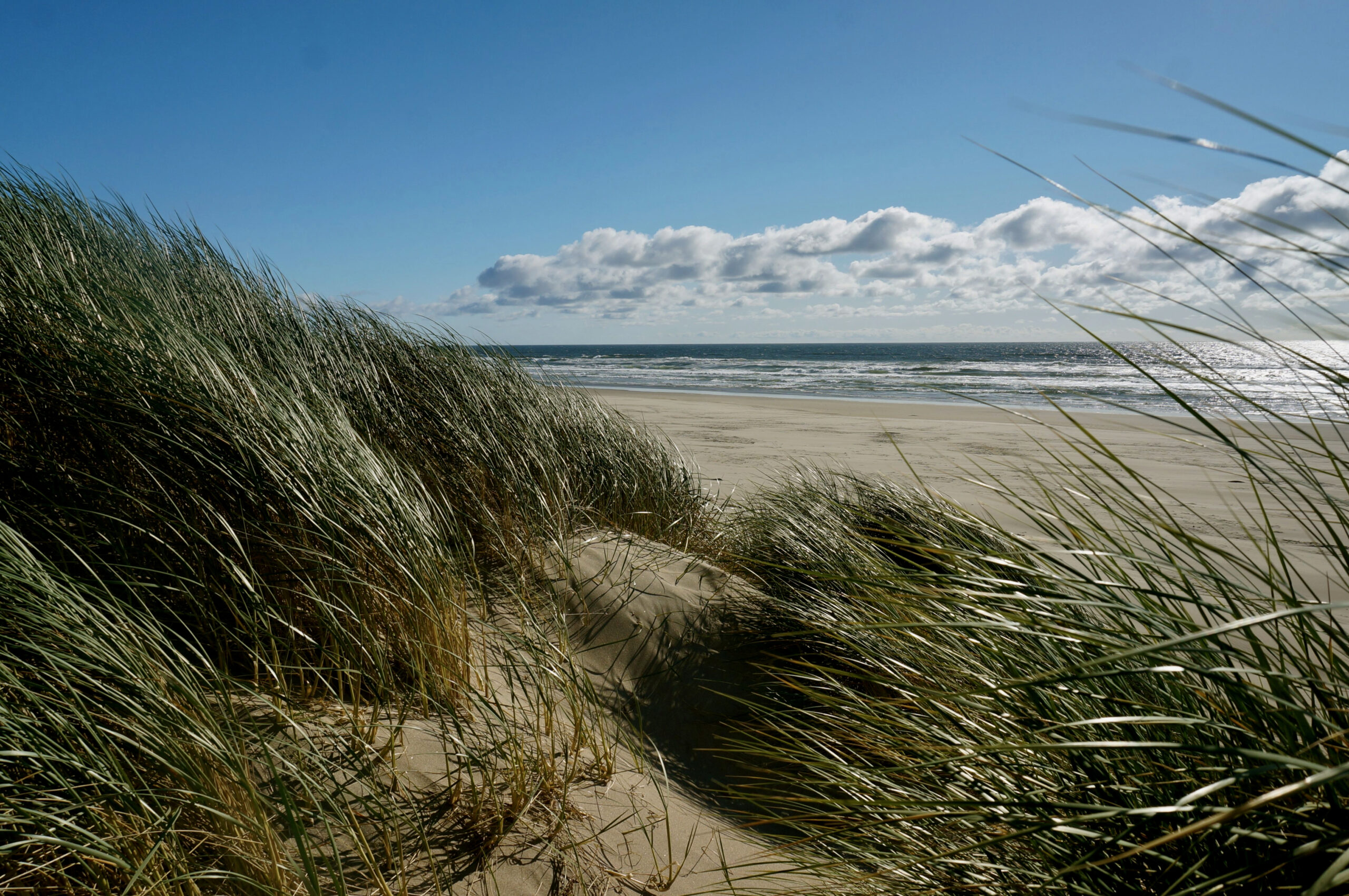
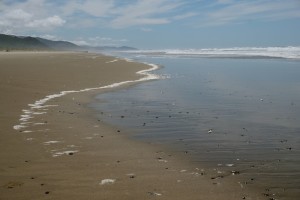
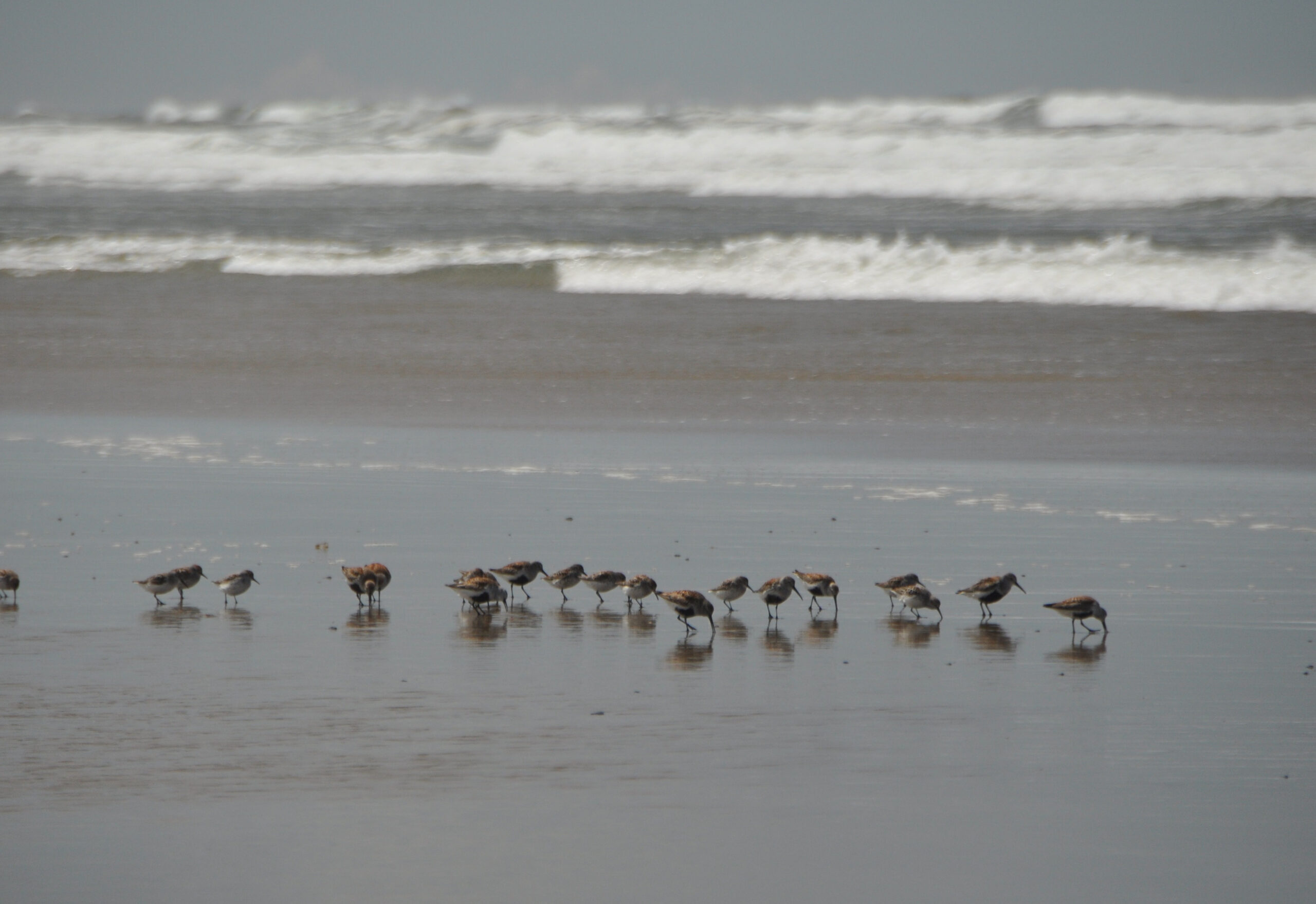
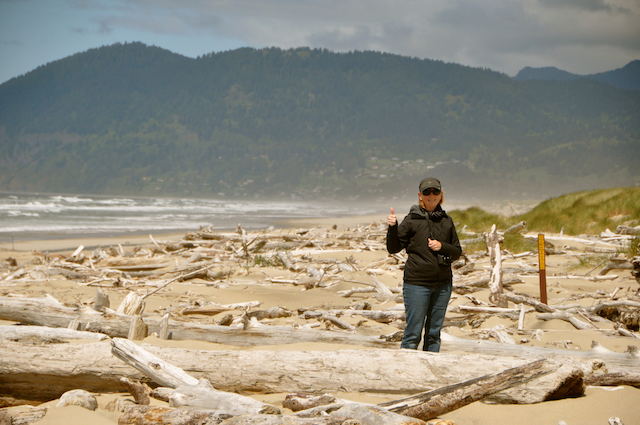
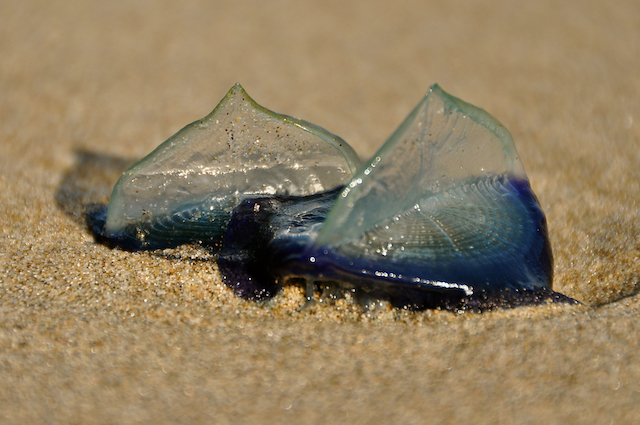

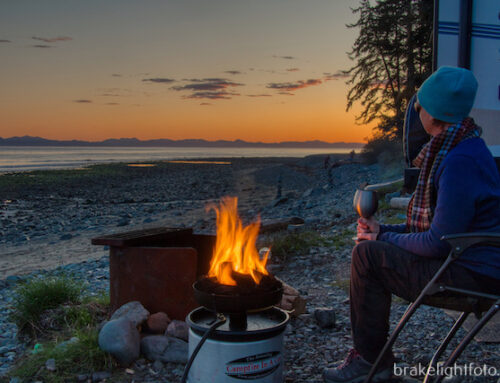
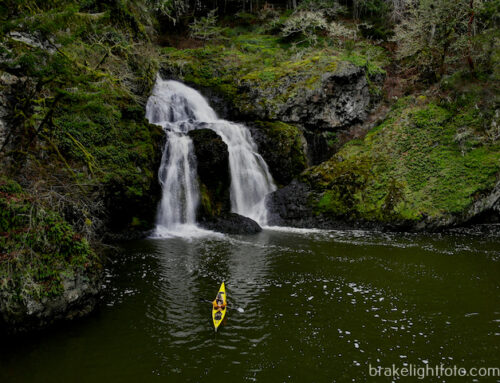
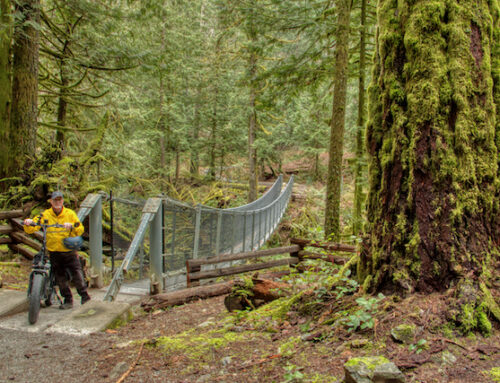
Leave A Comment